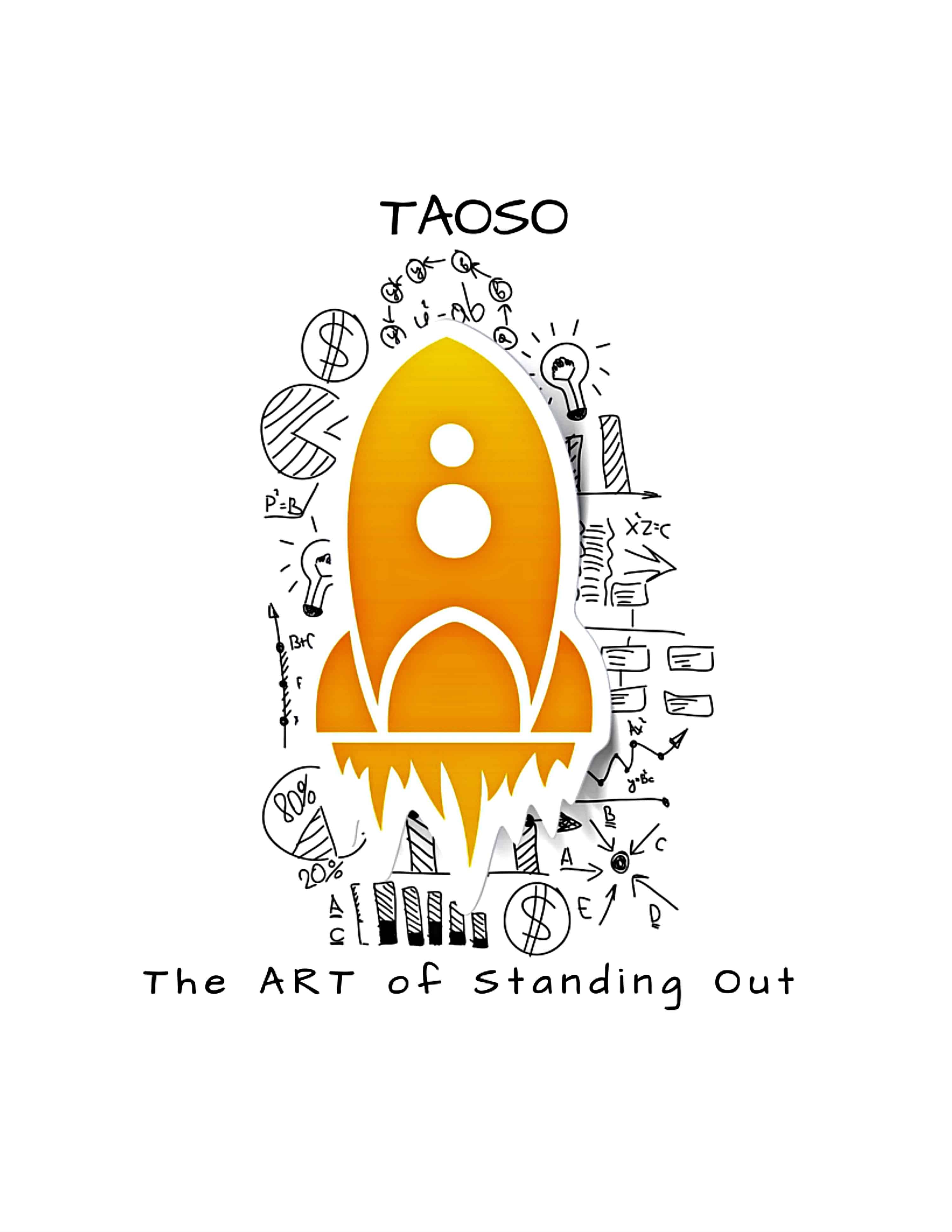Let’s Talk Story

Let’s connect and embark on your story-to-strategy journey together!
I am passionate about my role as story architect, and I want to share my enthusiasm with you.
Stories are an integral part of my life. I am constantly immersed in them, analyzing, creating, and connecting with their power.
Ultimately, my aim is to help the people and businesses I serve create thoughtful, insightful, and compelling stories and strategies.
Together, we will plot a course that leads you to unprecedented heights of innovation, impact, and enduring success.
Let’s get started!
